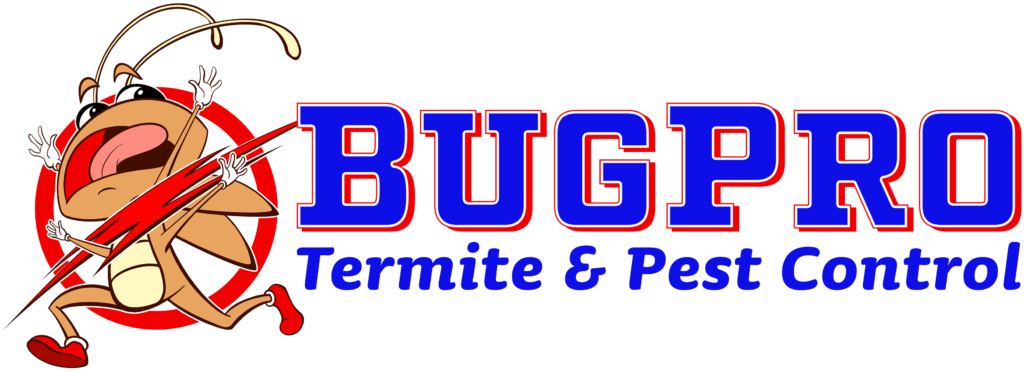
Chloropicrin, also known as trichloronitromethane, is a colorless to pale yellow organic liquid that has a faint, acrid odor. Originally developed as a tear gas during World War I, its strong irritant properties make it effective in agricultural and industrial contexts today. One of the most notable uses of chloropicrin is its role as a warning agent in structural fumigation for pests such as termites, bedbugs, and powder post beetles.
Structural fumigation is a method used to eliminate infestations of pests that reside in buildings and structures. This technique involves sealing the structure and filling it with a gas or vapor that penetrates all surfaces, ensuring that pests hiding in cracks, crevices, and hard-to-reach areas are eradicated. Key pests targeted by fumigation include wood-destroying organisms such as termites, as well as common household nuisances like bedbugs and powder post beetles.
Chloropicrin serves as an excellent warning agent in the fumigation process due to its potent sensory effects. When integrated into fumigants—a situation in which a pest control company uses a combination of gases—chloropicrin alerts humans to the presence of potentially harmful chemicals, thereby preventing exposure.
During a fumigation process, sealed environments can pose grave risks if individuals accidentally enter the treated area. The inclusion of chloropicrin acts as a necessary safety measure. The irritant nature of chloropicrin triggers immediate discomfort upon inhalation, including tearing and respiratory irritation, effectively warning individuals of the hazardous conditions. This precaution helps ensure that people stay clear of treated spaces until it is safe to return.
In the context of pest control, chloropicrin is usually combined with sulfuryl fluoride which target specific pests. The synergistic effect of combining these gases can enhance pest elimination efficiency while also minimizing the risk of developing pest resistance.
When treating a structure, licensed pest control professionals perform the fumigation process with scrupulous attention to detail. After confirming the presence of pests within the structure, they prepare the area by sealing it and setting up tenting or tarpaulin to contain the gases. Chloropicrin is then released in small concentrations, alongside the primary fumigant, to create an environment that is lethal to the targeted pests while simultaneously warning humans of the danger.
Safety is paramount when dealing with chloropicrin and other fumigants. Pest control companies utilize stringent protocols to monitor air quality and ensure all necessary safety measures are in place. Signage is put up around the fumigation site to inform residents and passersby of the ongoing treatment. The area remains off-limits until testing confirms that the gases have dissipated to safe levels.
Chloropicrin plays a crucial advisory role in structural fumigation, safeguarding human health while effectively eradicating pests such as termites, bedbugs, and powder post beetles. Its effectiveness as a warning agent not only minimizes the risk of exposure to noxious gases but also enhances the overall safety of pest control operations.